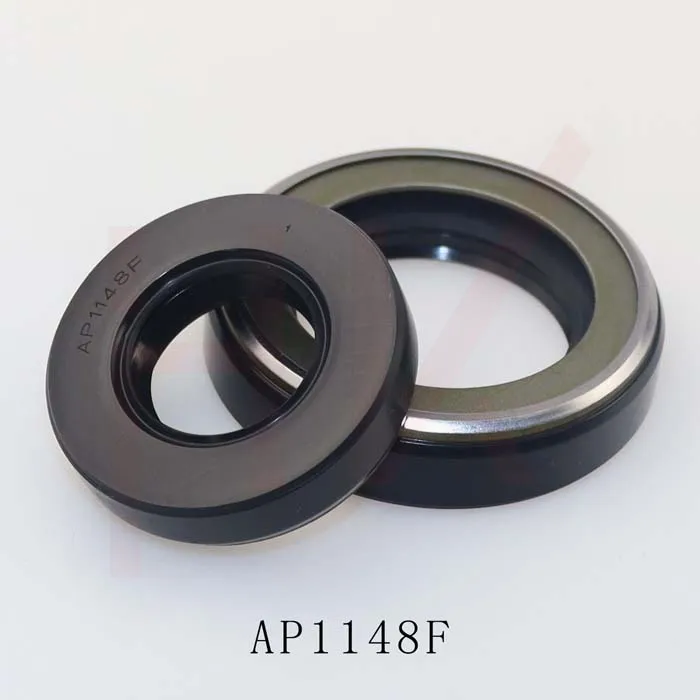Lùna . 31, 2024 01:00 Back to list
Hydraulic Motor Seal Replacement - Expert Guide and Services
Hydraulic Motor Seal Replacement A Comprehensive Guide
Hydraulic motors are invaluable components in various machinery and equipment, providing the necessary power for operations ranging from construction to manufacturing. However, like any mechanical device, these motors are susceptible to wear and tear, particularly in their sealing systems. The seals in hydraulic motors are crucial for maintaining pressure, preventing leaks, and ensuring optimal performance. Thus, replacing these seals effectively is vital for the longevity of the motor and the equipment it powers.
Understanding Hydraulic Motor Seals
Hydraulic motor seals serve as a barrier to prevent hydraulic fluid from leaking out and contaminants from entering the motor. Over time, seals can wear down due to friction, heat, and chemical exposure, leading to decreased efficiency and potential motor failure. Signs that seals may need replacement include fluid leaks, decreased performance, or unusual noises during operation.
Preparation for Seal Replacement
Before embarking on a seal replacement, ensure you have the right tools and replacement seals, which can usually be sourced from the manufacturer or a trusted supplier. Common tools required include wrenches, screwdrivers, seal pullers, and cleaning materials. Additionally, make sure to consult the owner’s manual for specific instructions relevant to your hydraulic motor model, as variations exist.
Step-by-Step Replacement Process
1. Deactivate and Disconnect Before starting any work, shut off the hydraulic system and disconnect it from the power source to prevent accidents.
hydraulic motor seal replacement

3. Disassemble the Motor Carefully remove the motor from its mounting. Use the appropriate tools to disassemble the motor, taking note of the arrangement of components for reassembly.
4. Remove Old Seals Once you have access to the seals, gently use a seal puller or a flat tool to remove the old seals. Exercise caution to avoid scratching the housing.
5. Clean the Seating Area Thoroughly clean the area where the new seals will be installed. This helps to ensure a proper fit and a good seal.
6. Install New Seals Carefully position the new seals in their respective grooves. Make sure they are seated evenly to prevent leaks.
7. Reassemble the Motor Reassemble the motor components in the reverse order of disassembly. Ensure all bolts and fasteners are tightened to the manufacturer’s specifications.
8. Reconnect and Test Once reassembled, reconnect the hydraulic system, refill with fluid, and test the motor under normal conditions to check for leaks and proper operation.
Conclusion
Replacing hydraulic motor seals may seem daunting, but with the right preparation and attention to detail, it can be a straightforward process. Regular maintenance and timely replacements of seals will enhance the efficiency and durability of hydraulic systems, ultimately saving time and costs associated with repairs. Always prioritize safety and consult professional help if unsure about any part of the process.
-
The Trans-formative Journey of Wheel Hub Oil Seals
NewsJun.06,2025
-
Graphene-Enhanced Oil Seals: Revolutionizing High-Pressure Oil Sealing
NewsJun.06,2025
-
Future of Hydraulic Sealing: Advanced Intelligent TCN Oil Seals
NewsJun.06,2025
-
Don’t Let a Broken TCV Oil Seal Ruin Your Day
NewsJun.06,2025
-
Bio-Inspired Dust Seals for Better Sealing Performance
NewsJun.06,2025
-
Biodegradable and Sustainable Hydraulic Seal Materials
NewsJun.06,2025
-
Top Oil Seal Solutions for Your Industrial Needs
NewsMay.22,2025
Products categories
















